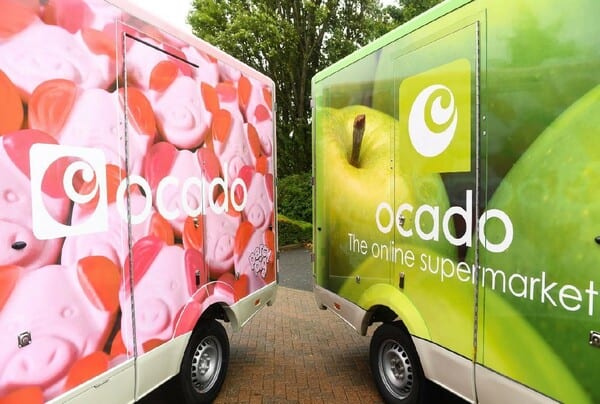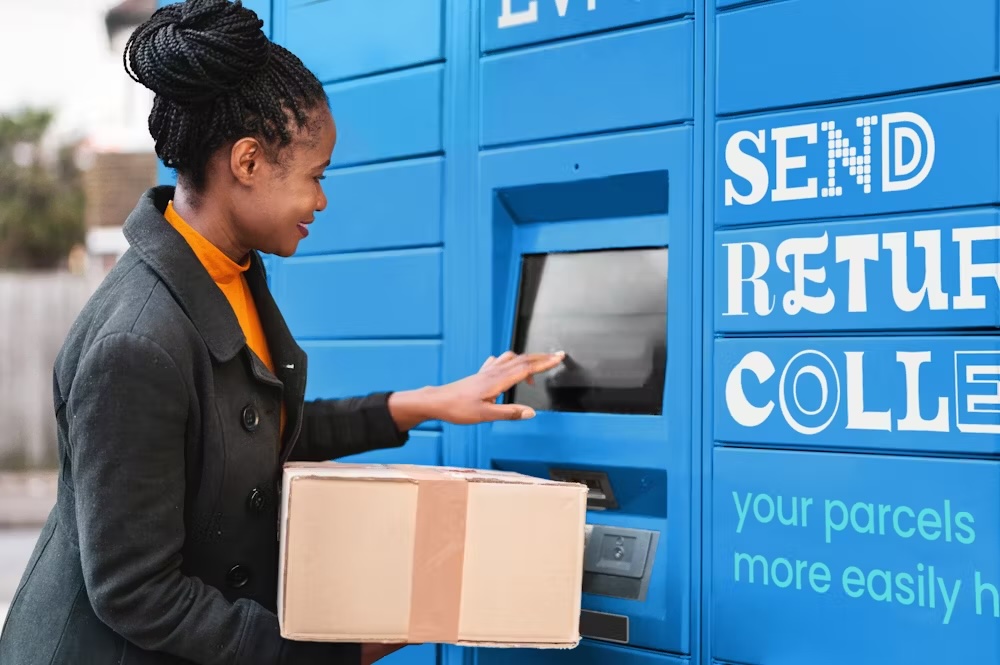M&S has reported a £201.2m loss for the 53 week long 2020/21 financial year, and accepts that radical transformation is now essential. As a result, it is looking at closing 30 more stores, broadening its partnership with Ocado and looking to overseas partnerships to sell online.
In a trying 12 months characterised by a stream of lockdowns, the retailer did manage to deliver a profit before tax of £41.6m, however it still saw its biggest ever loss across the year.
That said, food delivered strong underlying like-for-like growth of 6.9% after adjusting for the closure of hospitality and the adverse impact on franchise sales. Operating profit before adjusting items of £213.6m was a creditable achievement given the related effects on product mix.
Ocado Retail contributed a share of net income of £78.4m in an exceptional period for the business and following the successful switchover to M&S supply.
Clothing & Home results reflect the heavy impact of lockdowns on stores, a substantial change in product mix and the challenges of clearing stock, partially offset by very strong growth online of 53.9%. As a result, net revenue declined 31.5% and there was an operating loss before adjusting items of £129.4m.
Performance improved in the second half as online growth made greater inroads into the store sales decline. Clothing & Home online generated an operating profit margin of c.14%.
International operating profit before adjusting items of £45.1m was resilient due to online growth which helped to mitigate the pandemic impacts on store sales in different regions.
The balance sheet has emerged stronger than expected. Lower discretionary costs and capex, managed stock flow and a focus on working capital resulted in net debt excluding lease liabilities down £278.6m to £1.11bn and a strong liquidity position.
But CEO Steve Rowe admits that transformation has to move at a greater pace to make the company healthy again. “Over the past three years the objective of the transformation has been to restore M&S to sustainable growth through ‘facing into the facts’ the business had failed to address,” he says. “The transformation has included shifting to trusted value and broadening the appeal of our ranges in Clothing & Home and Food, investing in online and digital capability including establishing the investment in Ocado Retail and tackling both the high cost and outdated supply chains and the legacy store estate. “
Next steps
To achieve this transformation, the retailer is looking to extend the areas of its business that have performed well this year.
This starts with increasing its work with Ocado. Penetration of M&S lines on Ocado is consistently more than 25% of the Ocado basket, outperforming Waitrose. The next stage is to grow capacity by c.50% in the next 18 months and to realise further potential from the joint venture with our partners Ocado Group.
An omni-channel Clothing & Home business is also emerging, says the company. Substantial reshaping has created a ‘product engine’ providing a contemporary, focused M&S range. In addition, complementary external brands have been successfully launched.
The creation of MS2 has brought together the data and online teams to prioritise online trading and growth while leveraging the advantages of its store estate more effectively. MS2 draws on the data engine and the relaunched Sparks loyalty scheme which has grown to more than 10m members, enabling a more personalised relationship with customers.
The company is also continuing to look at becoming an international online business, focused on major partnerships.Online sales doubled in 2020/21 and M&S is now investing in increasingly localised fulfilment, expanding its presence on marketplaces such as Zalando and the launch of additional websites such as the 46 markets announced in March.
Digital trading improvements, partner store modernisation and supply chain development are positioning the business for rapid recovery as lockdowns end. Following Brexit, the business is reconfiguring trading with its EU businesses to reflect the challenges of exporting to the EU.
What the analysts think
So what do the retail analysts and industry experts think? James Andrews, Personal Finance Expert at money.co.uk, says: “M&S has been working hard throughout the pandemic to maintain sales and revenue with much of its floorspace closed to customers. In November the retailer reported the first loss in its history largely as a result of coronavirus restrictions. Although store closures have heavily impacted the UK retailing giant, the company had seen a positive drive in their online sales of 53.9%, which has reduced the overall loss. Over the past year the UK high street has been severely affected but the future for M&S appears bright in comparison to the likes of Debenhams and John Lewis who have taken a harder hit. The retailer seems to be bouncing back and, with the right strategy, could work to attract its competitors’ lost customers.”
He adds: “A key difference here is what M&S offers with its food hall and grocery options. The retailer made a smart move with its deal with Ocado; with Marks & Spencer seeing food revenue up 1.3% thanks to the partnership. This deal effectively supported them through the end of this financial year.”
Neil Shah, Director of Research at Edison Group, agrees: “But what’s perhaps of more import is how the online element to the business has fared over the year given it will play an increasingly important role in informing future performance – with food and clothing set to continue their rapid shift to online. Excluding Ocado, group online revenue was £1.5bn, representing a 53.9% growth (which in the short term helped hedge against the 56.2% decline in store revenue). Meanwhile, Ocado orders now comprise, on average, of over 25% M&S products. Such placement is vital going forward, as Ocado remains close to the fore in an ever more competitive grocery delivery market. M&S’ hybrid MS2, whilst difficult in its infancy to judge already, will also be interesting to monitor to see if it can compete against Amazon stores and ever more technology based stores from more traditional competitors. The app based system allows customers to scan and pay as they go.”
Vijayanta Gupta, Senior Vice President of Salsify adds: “The real progress has come from a forward-thinking approach to clothing and groceries. This gives us a glimpse of real potential for M&S as it seeks to win back customers. The deal with Ocado is being touted to boost M&S in the grocery sector, reaching customers through a modern and premium online interface. M&S’ share of Ocado Retail net income rose to £78.4m this year, from £2.6m in the previous year, demonstrating that the Ocado partnership was a sound move for the business.”
Gupta continues: “In the apparel space, earlier this year M&S added third-party clothing and lingerie brands to its revamped website. This focus on “finding and partnering with adjacent brands” has seen M&S selling products from Joules, Hobbs, Seasalt and Phase Eight. This follows the acquisition of the stock and online assets of beleaguered fashion brand Jaeger. This approach marks a radical change of strategy, transitioning from an apparel brand to a retailer with online at the heart of its strategy. The aim is to “turbocharge online growth” and capture the increasing popularity of online retail.”
In conclusion
While it is too soon for the benefits of this approach to be reflected in the M&S results, the strategy will eventually see the business bolster its customer base and its online sales. M&S has made a sound start in carefully curating a selection of brands relevant to target consumers. Offering this range of brands will bring in new shoppers and increase purchases and revenue.
As high streets reopen for non-essential goods and people return to offices, the next quarter will be key in working out the shape of the post-covid retail world. Marks & Spencer will need to assess where its priorities lie to convince both in-store and online shoppers to spend their money there as demand changes and priorities shift.
The store has started to make changes already, by switching up its offering and introducing new brands to its online fashion range aimed at a wider target audience. But M&S will need to boost other merchandising within its stores – alongside its grocery, home and fashion departments – to bounce back as the economy reopens.









